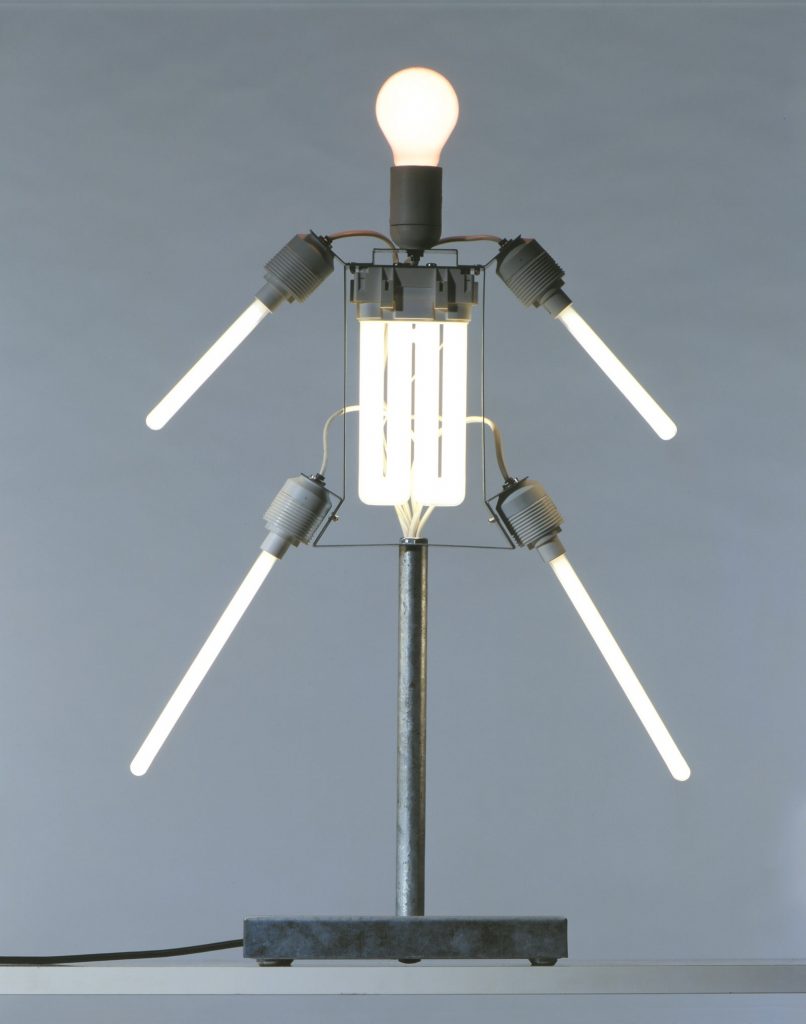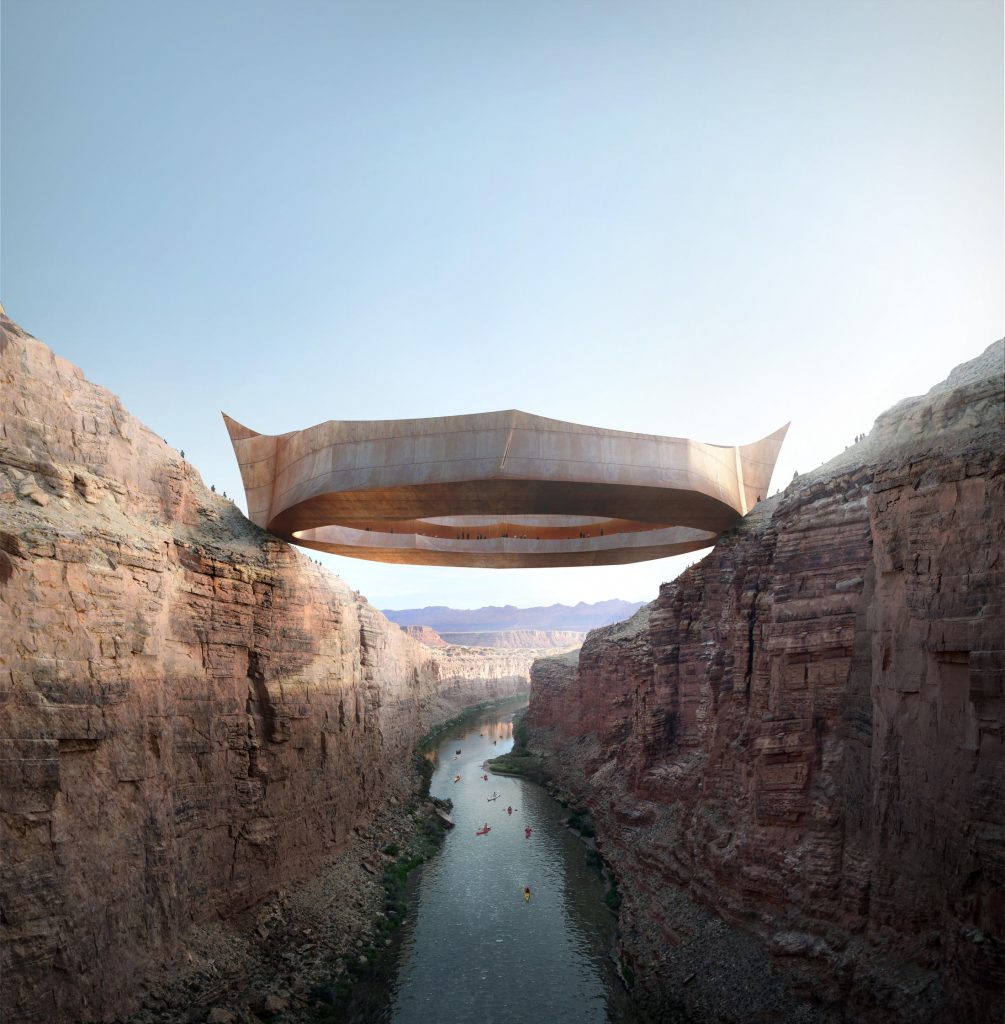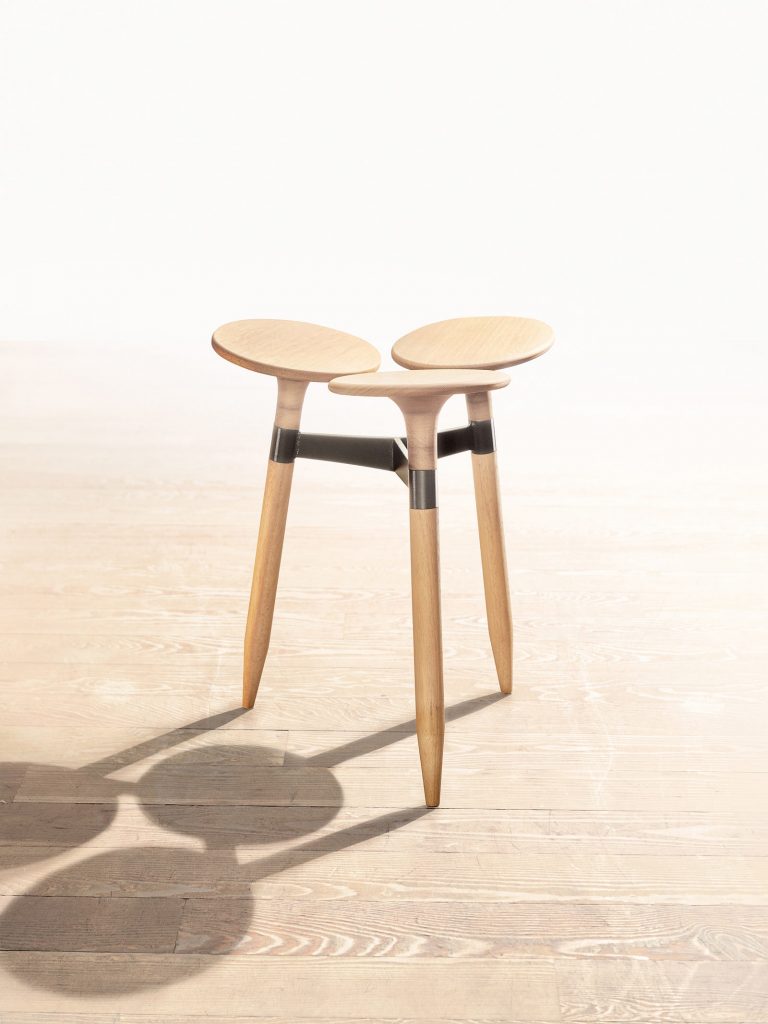Michele de Lucchi is an architect, writer, and designer, born in 1951 in Ferrara, Italy. After graduating in architecture in Florence, he became one of the main Italian designers of international renown, thanks to his human and artistic approach. During the years when architecture was radical and experimental, he developed his creativity with avant-garde ideas and experiments. He navigates between the desire to modify the way of thinking about habitats and cities, with a real desire to detach himself from the technical and functional aspects in order to put forward the affective, the poetry, and the symbolic.

This multidisciplinary artist, known for his Tolomeo lamp, produced in 1987 and published by Artemide, will become a major player in movements such as Cavart, which proposes performances between art and architecture in the cellars of Veneto, Alchymia, and Memphis. Throughout his career, Michele de Lucchi has developed lamps and furniture for renowned Italian and European companies with the greatest freedom of expression, combining technique with aesthetics in the workplace.

Between 1988 and 2002, Michele de Lucchi was in charge of design at Olivetti. There he developed experimental projects involving a wide range of furniture, computers, and objects, as well as numerous personal theories on the design of the work space as a response to the various movements calling for more humanity and less technicality.
During these years, he designed and renovated several buildings around the world, from Japan (NTT) to Germany (Deutsche Bank), passing through Switzerland (Novartis) and Italy (Olivetti, Piaggio, Poste Italiane, Telecom Italia, and Enel). But this Italian will also cooperate in the development of companies’ image by introducing innovation at the service of people. During his professional career, he was entrusted with the task of constructing and imagining scenographies and buildings for museums such as the Triennale in Milan.

“I wanted to take to the paradox, […] to trigger a reaction. If we are stimulated to react and avoid danger, even in normal life, we must be aware of the reality that surrounds us in order to be proactive and live each moment with intensity.”
In 2000, Michele de Lucchi was awarded the title of Officer of the Italian Republic by President Ciampi for his merits in the field of design and architecture. In 2003, the Centre Pompidou, which acquired several of his creations, joined the closed circle of countries that exhibit his work, along with the United States and Japan. In recent years, the Italian artist has developed architectural projects for private and public clients, notably in Georgia, where he designed the Peace Bridge in Tbilisi, without forgetting to mention his multiple awards for his work and his vision pursuing the personal character of architectural forms.

This year, the Grand-Hornu, a heritage museum in Belgium, has decided to explore his vision of architecture with an exhibition entitled: “Futuro Gentile – An amiable future.”
At the same time, he develops projects such as Earth Stations, visionary buildings designed to promote human well-being and the health of the planet. He conceives human interaction and an ethical relationship with nature, considering the environment as an educator capable of influencing people’s behavior, and proposing common spaces to develop a happy and productive social cooperation.
Through his work, Michele de Lucchi experiments on the one hand with paradoxical architecture in order to observe new behaviors and to encourage humans to become aware of their bodies and their capacity to adapt, and on the other hand with naturalizing architecture in order to obtain a reaction from human beings in the face of evolution by proposing a fertile architecture. This architecture is declined in small places of reflection, greenhouses, lodges, and wooden pavilions that can become humus again with time.
Michele de Lucchi, a humanist architect whose wish is to make people aware that architecture is not only a building, but that within it, there are interactions, bodies in motion that must be taken into account in order to bring well-being, whether at home or at work.
Futuro Gentile – A Loving Future
Michele de Lucchi & AMDL Circle
From February 12 to August 27, 2023
Le Grand-Hornu, Boussu, Belgium
Thomas Durin
